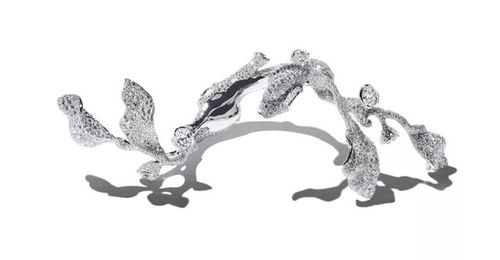Introduction:
Fishing, an age-old pastime, requires not only patience but also a keen understanding of the basics. One such fundamental aspect is the art of baiting, where the balance of饵料 (bait) ratio plays a crucial role in attracting and catching fish. In this article, we delve into the intricacies of bait ratio adjustment, offering insights into how to tune your饵料比例 (bait ratio) for the most effective lures.
Understanding Bait Ratio:
Before we delve into the specifics of how to adjust your饵料比例, it's essential to understand what it entails. The bait ratio refers to the proportion of different types of bait or lures used in a fishing setup. This ratio can vary depending on the fish species, the fishing environment, and the angler's preferences.
Factors Influencing Bait Ratio:
Fish Species: Different fish species have varying preferences when it comes to bait. For instance, catfish might be attracted to a stink bait, while bass might prefer a live worm or a lure with a specific color and movement pattern.
Fishing Environment: The type of water body (lake, river, sea, etc.) and the conditions (temperature, clarity, etc.) can significantly influence the bait ratio. For example, in murky waters, bright lures might be more effective, whereas in clear waters, natural colors might work better.
Seasonal Changes: Fish behavior can change with the seasons. In spring, fish might be more active and attracted to a variety of baits, whereas in winter, they might be more selective and require a specific type of bait.
Adjusting Bait Ratio:
Start with a Basic Ratio: Begin with a standard bait ratio that is commonly used for your target species. For example, if you're fishing for bass, a common ratio might be 70% live bait (like worms or crickets) to 30% artificial lures.
Experiment with Variations: Gradually adjust the ratio to see which combination works best. If you're using a mix of live and artificial baits, try increasing the proportion of artificial lures to see if it triggers more bites.
Observe Fish Behavior: Pay close attention to how the fish respond to your bait. If they're not biting, it might be time to tweak the ratio. For instance, if you notice that fish are more interested in a particular type of lure, consider increasing its proportion.
Consider the Weather: Weather conditions can also influence bait ratio. On windy days, heavier lures might be more effective, while on calm days, lighter lures might work better.
Keep a Journal: Document your bait ratios and the results you achieve. This will help you identify patterns and make informed decisions in the future.
Specific Tips for Different Baits:
Live Bait: Use fresh, lively bait to increase its appeal. Ensure that it's properly secured to prevent it from moving erratically, which can spook fish.
Artificial Lures: Choose lures that mimic the natural prey of your target species. Consider the size, color, and movement pattern of the lure.
Soft Plastics: These are versatile and can be rigged in various ways. Experiment with different rigging techniques to see which one works best for your target species.

Hard Baits: These are durable and can be used in a variety of fishing techniques. Pay attention to the sound and vibration they produce, as some fish are attracted to these stimuli.
Conclusion:
Perfecting the art of bait ratio adjustment is a skill that takes time and practice. By understanding the factors that influence bait ratio, experimenting with different combinations, and observing fish behavior, you can significantly improve your chances of success on the water. Remember, the key is to be patient, observant, and willing to adapt your techniques based on the ever-changing conditions of your fishing environment. Happy fishing!












